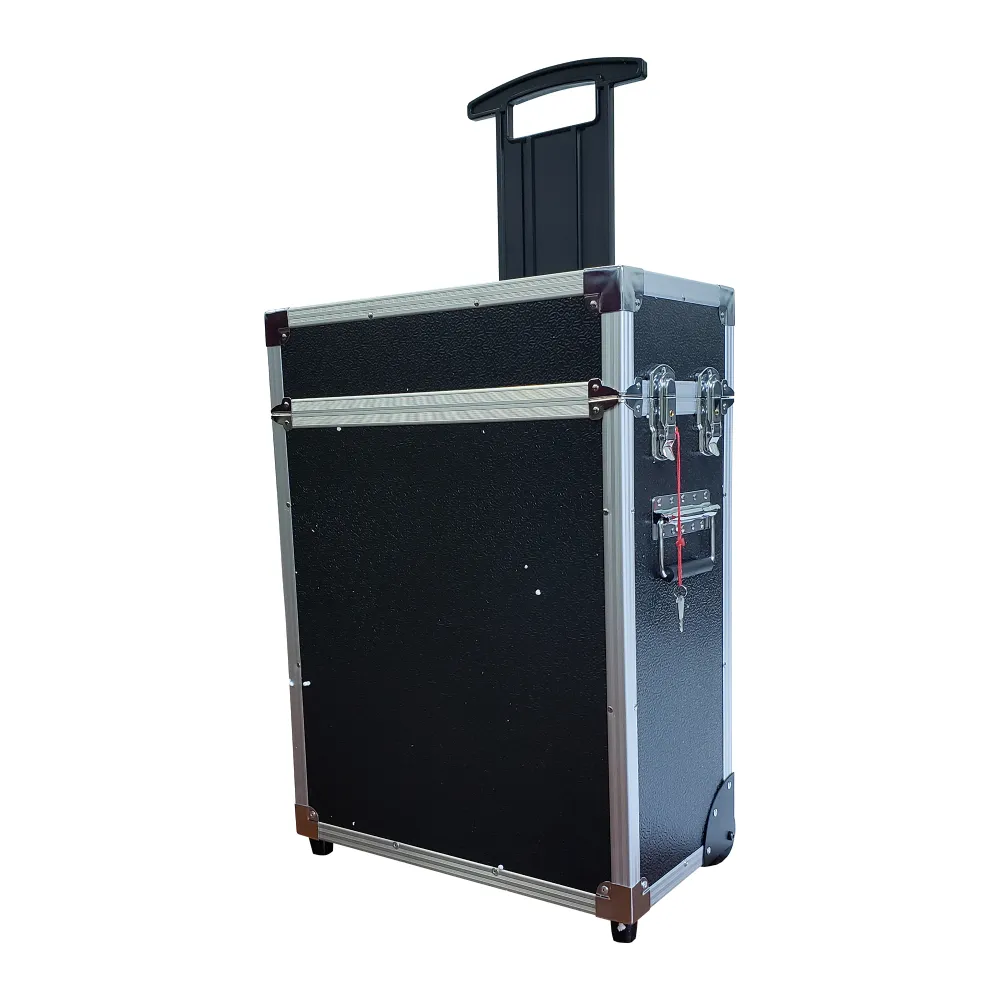 English
English


ac hipot
Understanding AC Hipot Testing Ensuring Electrical Safety
AC Hipot testing, short for Alternating Current High Potential testing, is an essential procedure used to assess the insulation integrity of electrical devices and systems. This testing method is critical in ensuring that electrical equipment operates safely and reliably, helping to prevent potential failures or hazards that could lead to significant safety issues.
What is AC Hipot Testing?
AC Hipot testing involves applying a high voltage AC signal to the insulation of electrical components while monitoring the response. The primary purpose is to verify that the insulation can withstand operational voltages, which helps identify weaknesses or breakdowns in insulation materials. By simulating stress conditions, this test helps manufacturers and engineers ensure that their products meet safety standards and regulatory requirements.
Why is AC Hipot Testing Important?
Electrical insulation failures can have serious consequences, including equipment malfunctions, fires, and electric shocks. These incidents not only pose risks to personnel safety but can also lead to substantial financial losses for businesses. Conducting AC Hipot tests provides several benefits
1. Safety Assurance By confirming that insulation can handle high voltage, companies can ensure that their products are safe for use in various applications, from consumer electronics to industrial machinery.
2. Quality Control Regularly performing AC Hipot tests during the manufacturing process helps maintain high quality in production lines, promoting reliability and customer satisfaction.
3. Compliance Many industries have stringent regulations regarding electrical safety. By implementing AC Hipot testing, companies can meet these standards and avoid legal and financial repercussions.
ac hipot

4. Risk Mitigation Early identification of insulation issues allows for timely corrective measures, reducing the chances of equipment failures that could disrupt operations and lead to costly downtimes.
How is AC Hipot Testing Conducted?
The AC Hipot test is performed using specialized testing equipment that generates a high voltage AC signal. The process typically involves the following steps
1. Preparation The device under test (DUT) is prepared by disconnecting it from any power sources and ensuring that it is correctly configured for testing.
2. Test Setup The Hipot tester is connected to the DUT, taking care to adhere to safety protocols and ensure that all operators are at a safe distance from the equipment.
3. Testing The tester is turned on, and a predetermined voltage is applied to the insulation while monitoring for any current leakage. The test duration can vary from a few seconds to several minutes, depending on industry standards.
4. Analysis After the test, the results are analyzed. A high level of leakage current may indicate a failure in the insulation, warranting further investigation or corrective actions.
Conclusion
In an increasingly electrified world, the importance of AC Hipot testing cannot be overstated. It plays a vital role in ensuring that electrical insulation is reliable and resilient, safeguarding users and equipment alike. As industries continue to evolve, the implementation of thorough testing protocols like AC Hipot will remain a cornerstone of electrical safety and operational integrity. By investing in such testing, companies can contribute to a safer environment while ensuring the longevity and reliability of their products.
-
Differences between open cup flash point tester and closed cup flash point testerNewsOct.31,2024
-
The Reliable Load Tap ChangerNewsOct.23,2024
-
The Essential Guide to Hipot TestersNewsOct.23,2024
-
The Digital Insulation TesterNewsOct.23,2024
-
The Best Earth Loop Impedance Tester for SaleNewsOct.23,2024
-
Tan Delta Tester--The Essential Tool for Electrical Insulation TestingNewsOct.23,2024





